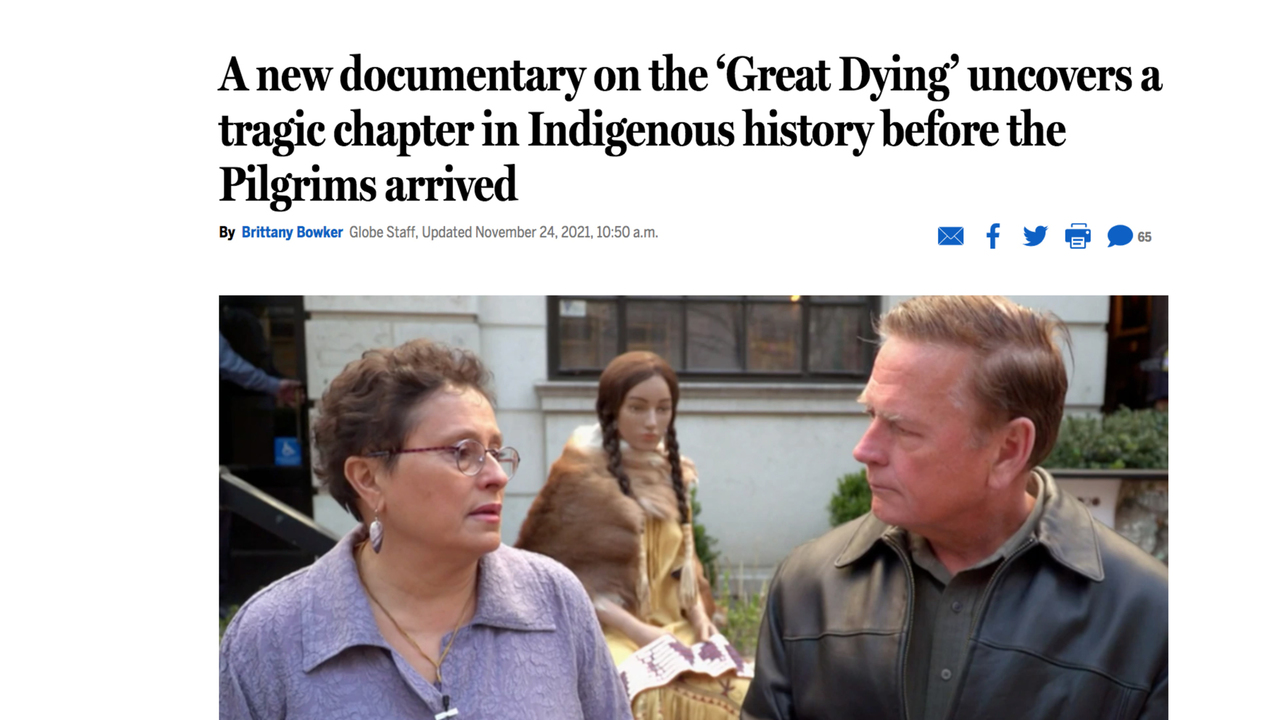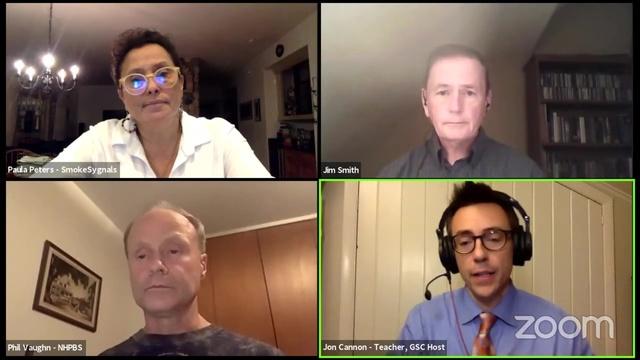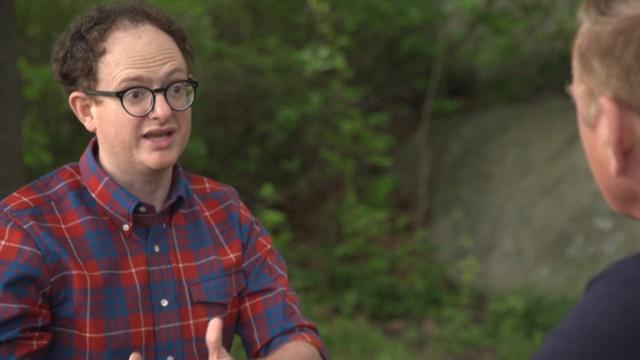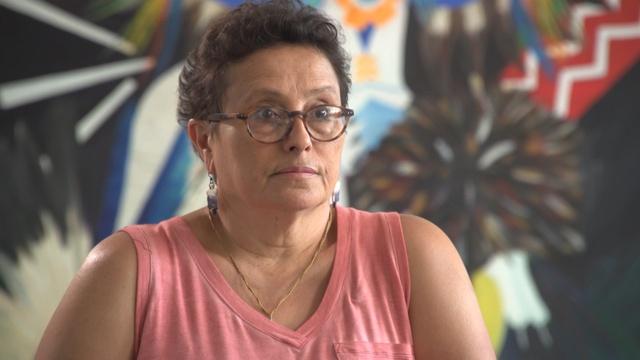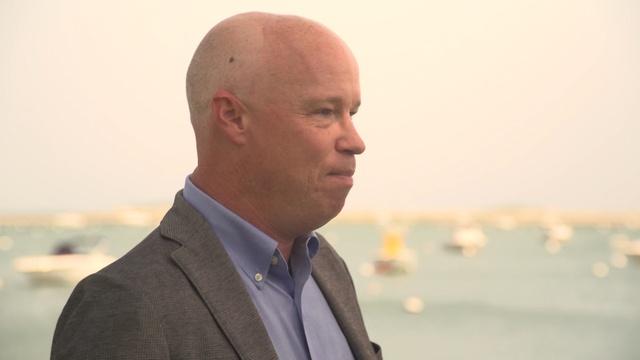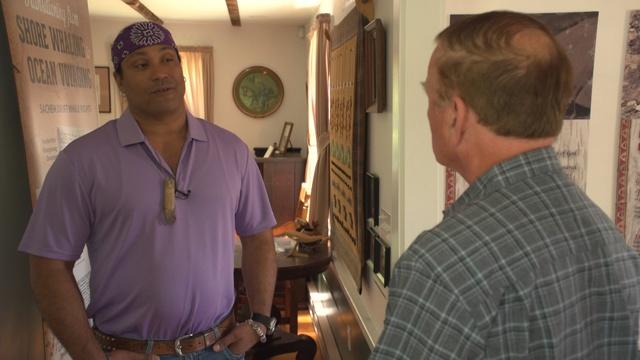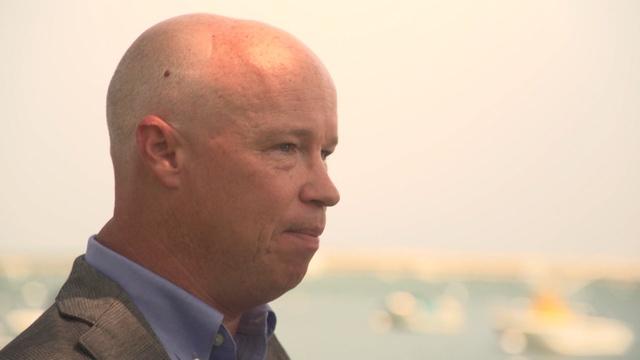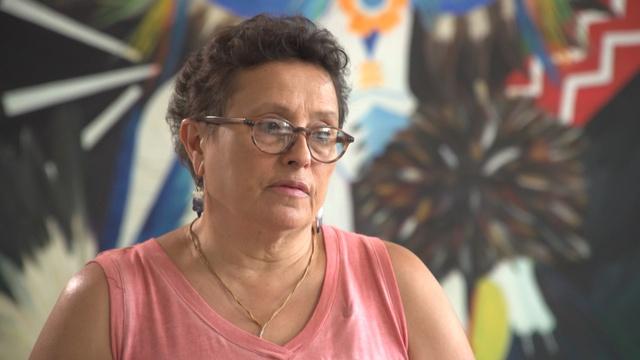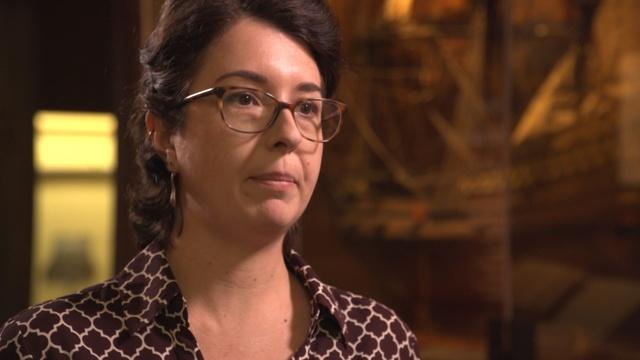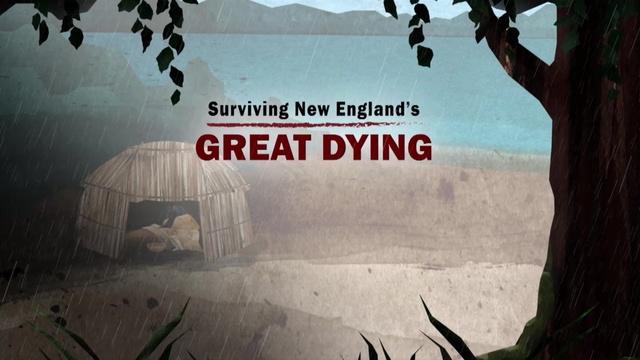A new documentary on the Great Dying uncovers a tragic chapter in Indigenous history
Boston Globe staff reporter Brittany Bowker
(November 24, 2021) It’s been 400 years since the first Thanksgiving, and there’s still much to be learned, and unlearned, about the complicated history of that first gathering between members of the Pokanoket Wampanoag and a group of English colonists in the village of Patuxet, now known as Plymouth.
One piece of that history is the prequel to it, which is little explored. Prior to the Pilgrims’ arrival, a mysterious plague decimated the coastal Indigenous population in the region, and a new documentary, “Surviving New England’s Great Dying,” aims to delve into the story.
Read the full story: https://www.bostonglobe.com/2021/11/24/arts/new-documentary-great-dying-uncovers-tragic-chapter-indigenous-history-before-pilgrims-arrived/
Return to the
Surviving New England's Great Dying
Main Page
Support for Surviving New England's Great Dying is provided by The Butler Foundation
"It isn’t every day that you hear a new fact of American History that upends all you thought you knew, like this documentary does. As a long-time resident of the Northeast, a history buff and supposedly aware person, I was shocked to hear that an epidemic wiped out Wampanoag villages all along the Massachusetts Bay coast between 1616 and 1619, creating the conditions for the Pilgrims to make their iconic settlement there. I even knew Plymouth Rock had been moved, broken, and had nothing to do with the Pilgrim’s first landing place. And that Pizarro’s defeat of the Incas in 1532 owed a lot to a civil war begun after the Inca Emperor died from a disease that the Spanish brought with them to Peru. I had visited Plimoth Plantation and spoken to the Wampanoag representatives there. I don’t remember them telling us that story.
Since seeing “Surviving New England's Great Dying in July, I have done an informal survey of friends and acquaintances, and only one person in the dozens I have asked knew this key to the first European settlements in New England. This story needs to be told. At this time of re-imagining who we are as a country, in an effort to make it “a more perfect union”,” “with liberty and justice for all”, what could be more timely? Not to mention during another pandemic which has killed approximately 1 in 500 Americans."
Barbara Butler, Trustee
The Butler Foundation
Watch Online
Watch More A new documentary on the Great Dying uncovers a tragic chapter in Indigenous history
